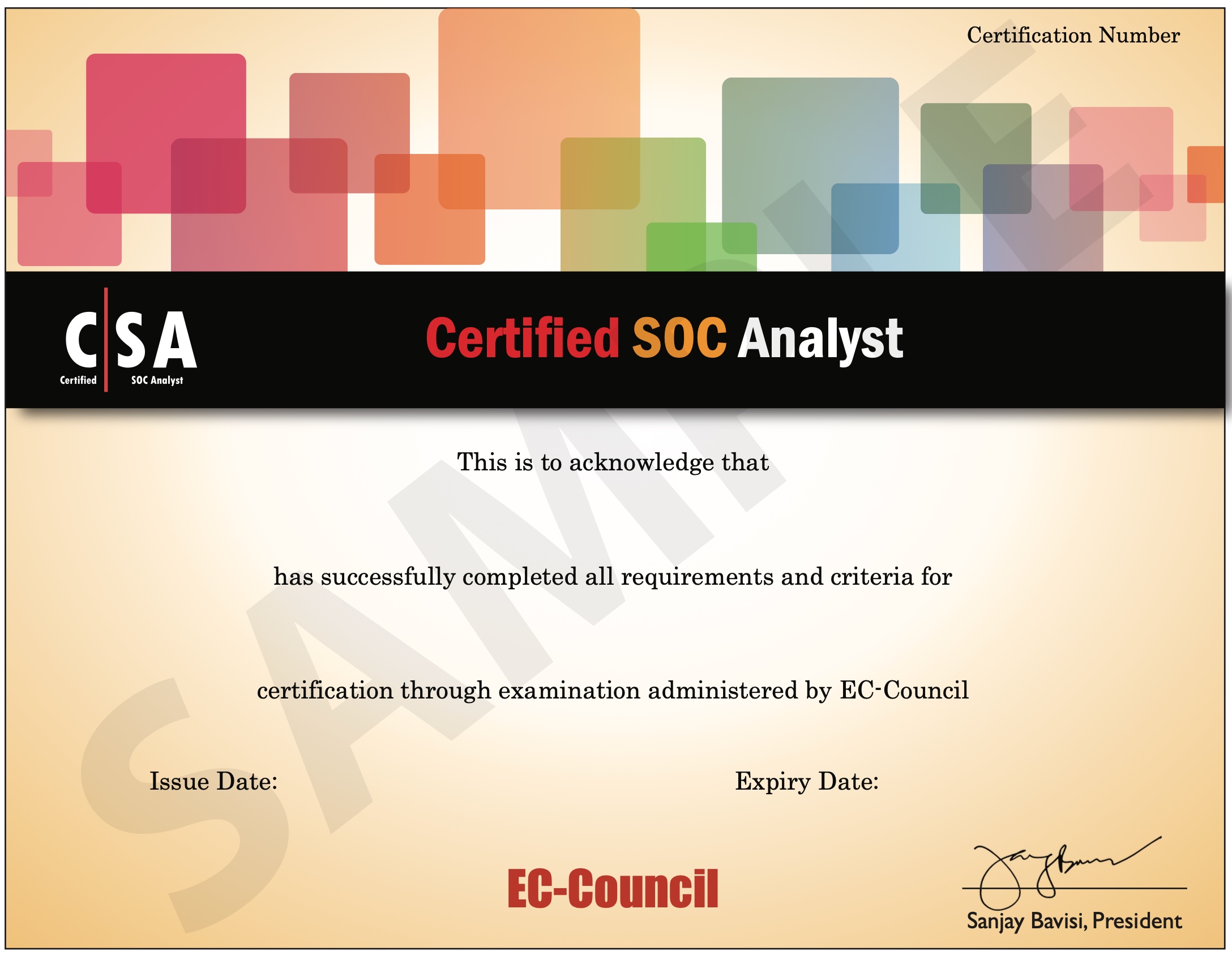I|SE: IoT Security Essentials
Course Overview

EC-Council’s IoT Security Essentials Series provides comprehensive coverage of essential topics in securing Internet of Things (IoT) systems. From understanding the fundamental concepts of IoT to addressing advanced security threats, students will gain the knowledge and skills necessary to design, deploy, and maintain secure IoT solutions.
Through a combination of theoretical learning and hands-on exercises, participants will explore IoT fundamentals, networking and communication protocols, cloud integration, threat intelligence, incident response, and security engineering principles. Put your newly acquired abilities to the test with an exhilarating Capture the Flag (CTF) Exercise seamlessly integrated in our Capstone project. This CTF is seamlessly integrated by live virtual machines, genuine software, and real networks, all delivered within a secure and regulated sandbox environment.
With these exclusive hands-on, human-versus-machine CTF challenges you will develop the hands-on proficiencies essential for success in your cyber professional role.
Learning Outcomes
Who Should Attend ?
- School students, graduates, professionals, career starters and changers, IT / Technology / Cybersecurity teams with little or no work experience.
- Individuals who want to start a career in cybersecurity and are interested in IoT Security
- Anyone interested in gaining in-depth knowledge on safeguarding their smart devices or those within their organization.
Exam Information
Key Features :
- Engage in 5 lab practical exercises in modules that provide you with a practical understanding of how you can secure your smart devices.
- Get 8+ hours of premium self-paced video training.
- 900+ pages of ecourseware.
- Capstone Projects with Real-World CTF Challenges
- Gain a year-long access to courseware and 6-month access to labs.
- Acquire a proctored exam voucher with one-year validity.
- Enhance your relevancy in the job market to advance your career.
- Gain the globally recognized EC-Council’s certification.
Course Content & Modules
IoT Fundamentals
This module will introduce you to the basics of IoT and the different sectors where IoT is established.
IoT Networking and Communication
This module will provide insights into the basics of networking concepts, the OSI Model, and the TCP Model. It will also cover the IEEE IoT Standards List.
IoT Processors and Operating Systems
This module will help you understand the hardware devices, processors, and operating systems used in IoT.
Cloud and IoT
This module will teach you about cloud computing, its characteristics, and the types of cloud services.
IoT Advanced Topics
This module will brief you about web communications, mobile applications, and native applications.
IoT Threats
This module will introduce you to some of the common IoT attacks, such as Mirai, BrikerBot, Sybii, and Blackhole attacks.
Basic Security
This module will discuss the CIA triangle, Wired Equivalent Privacy (WEP), Wi-Fi Protected Access (WPA), and IoT security measures.
Cloud Security
This module will discuss the state of cloud security, cloud vulnerabilities, NSA guidance, and secure cloud computing.
Threat Intelligence
This module will start with the topic of the National Vulnerability Database, covering US Cert, Shodan, STRIDE, DREAD, PASTA, and CVSS.
IoT Incident Response
This module will provide information on incident response in IoT, including standards, processes, procedures, tools, and indicators of compromise.
IoT Security Engineering
This module will cover the 12 practices of the Microsoft Secure Development Lifecycle and Threat Modeling.
Earn Your Industry-Recognized Certificate
Upon successfully passing the examination for this course, participants will be awarded a certificate, an example of which is shown below.




